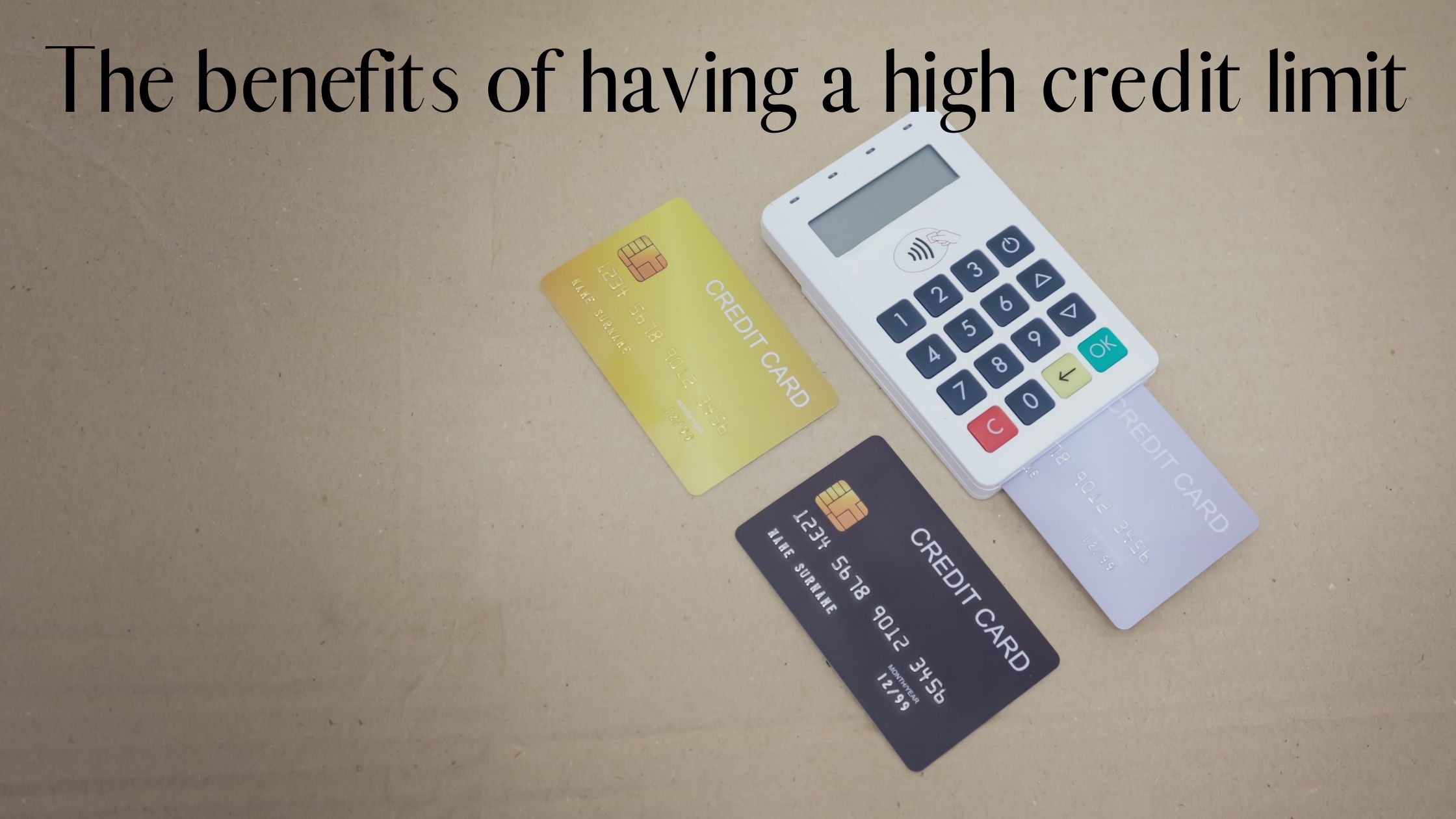Credit limits can be a bit confusing, so we wanted to take a look at what the average credit limit on a first credit card is. According to Credit Karma, the average credit limit for a new card applicant in the US is $2,500. This number will vary depending on your credit score and other factors, but it’s a good starting point. If you’re looking to get approved for a new card, make sure you have a good credit score and that your annual income falls within the eligibility range.
What is a credit limit?
A credit limit is the maximum amount a credit card company will allow you to borrow. Typically, your credit limit reflects the size of your credit score. For example, if your score is 700, a card with a limit of $2,000 would be available to you. Your limit may also be customized based on your credit history and other factors.
If you exceed your limit, you may incur fees and penalties. So it’s important to know what yours is and stay within it.
Here are some things to keep in mind when calculating your limit:
-Your credit score affects your limit – A higher score means you’re likely to pay back loans more quickly and won’t have as many restrictions placed on your borrowing. Conversely, a lower score means you may have to pay more for a loan and could face more restrictions on your borrowing.
-Your current debt burden affects your limit – If you have large balances on other loans or credit cards, that debt will count against your limit. The same goes for recent delinquencies or defaults on past obligations.
-The type of credit card matters – A card with low interest rates might have a lower limit than one with
The types of credit limits
The average credit limit on a first credit card is around $1,000. This number will vary depending on the credit score of the applicant and the issuer of the card. The higher your credit score, the lower your limit may be. In general, the lower your limit, the more you’ll be able to borrow. There are a few factors that can affect your limit, such as your income and how much debt you already have.
How to get a higher credit limit?
The average credit limit on a first credit card is around $1,500. You can get a higher limit by increasing your credit score or by applying for a credit card that offers a higher limit. You can also ask your credit card company to increase your limit.
How to use your credit limit?
If you’re thinking about applying for your first credit card, there’s some important information you need to know about your average credit limit. Your credit limit is the most you’re allowed to borrow on a single credit card account, and it’s important to know how much you can actually borrow before getting approved. Here are three tips to help you use your credit limit responsibly:
1. Know Your Credit Score. A high score means you’re a low-risk borrower, which can help you get approved for a higher credit limit. If you don’t have a credit score yet, get one free from the three major credit bureaus.
2. Keep Track of Your Credit Utilization. One way to ensure that you’re using your available credit limit responsibly is to keep track of your monthly average balance and revolving debt utilization. This will help you identify any areas where you may need to lower your borrowing threshold or limit.
3. Have a Debt-Free History. Another factor that lenders consider when approving applications for new credit cards is your history of debt repayment. If you’ve been able to keep your bills paid on time in the past, this will give lenders more confidence in your ability to do
Credit utilization and the impact of a high credit limit
If you’re thinking about applying for your first credit card, it’s important to understand the average credit limit. This number is generally around $2,500, but can vary depending on the issuer. If you have a low credit score, a high limit could be a good thing. It will help you avoid being rejected for a card application. However, if your credit score is above average, you may not need as high of a limit.
The impact of having a high credit limit can be significant. Credit utilization Percentage is the percentage of your available credit that’s being used. The lower the limit, the more available credit you have to use. When you use too much of your available credit, your score drops and it becomes harder to get approved for future loans or credit cards. A high credit limit also means that you’re likely spending less than you would with a lower limit. You may be able to get approved for a card with a lower limit if your score is below average and you have excellent payment history.
The benefits of having a high credit limit
There are plenty of reasons to max out your credit limit, even if you don’t have a ton of borrowing needs. Here are three big ones:
1. More available credit. A high credit limit signals to lenders that you’re a responsible borrower, and this can lead to better terms on loans and credit cards.
2. Better financing options. You may be able to get a lower interest rate on a car or mortgage if you have a high credit limit. And if you need to borrow money for something like a large purchase, having more available credit can mean getting approved for a larger loan amount.
3. Fewer missed payments. If you tend to miss payments on your other debts, a higher credit limit may help keep you in good standing with lenders, who may then be more willing to lend you money for an expensive purchase or loan modification.
Conclusion
The average credit limit on a first credit card is $2,500. This figure will vary depending on your credit score and the type of credit card you are applying for. The higher your credit score, the lower your limit may be. Additionally, some cards offer better rewards programs and other benefits if you have a higher limit. If you’re looking to get a new card with low APR and high limits, consider getting a secured card instead. Secured cards require an upfront deposit (usually around $100), which locks in your borrowing rate and helps protect you from unauthorized charges.


